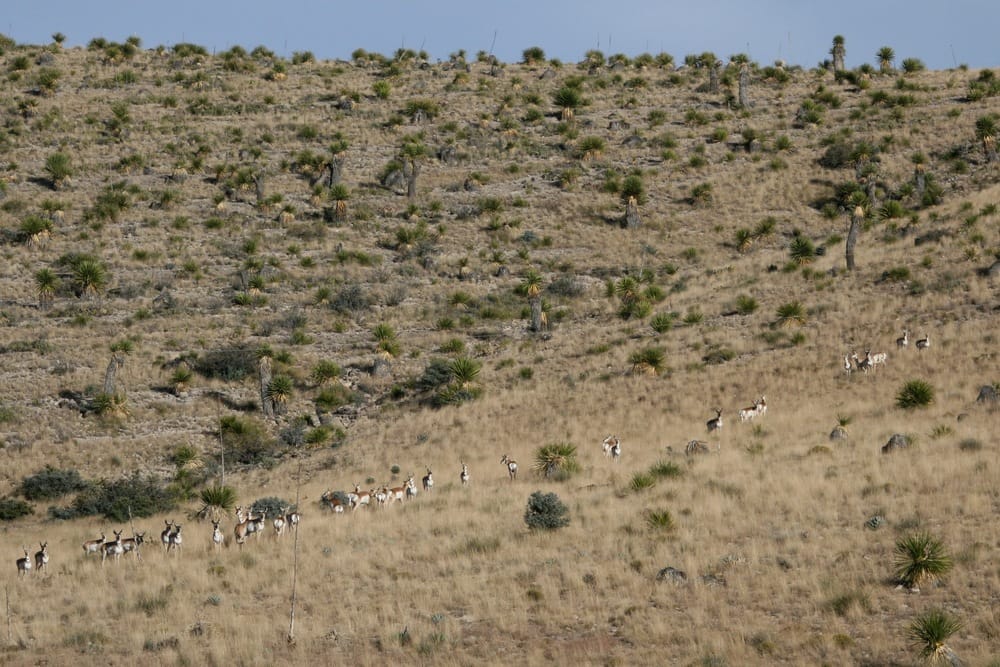Resources

Let the discussions - and the progress begin.
Merriam-Webster defines resource as:
- a) a source of supply or support : an available means—usually used in plural.
- b) a natural source of wealth or revenue—often used in plural
- c) a natural feature or phenomenon that enhances the quality of human life
- d) computable wealth —usually used in plural
- e) a source of information or expertise.
In a discussion of land management, the first four apply.
For the purposes of this page, all five apply.
Here you will find a listing of our various natural resources: fisheries, forests, livestock, predators, rangelands, water management, waterfowl and wildlife (game and non-game).
These broad categories provide the organizational framework for additional information—a resource—about ongoing issues involving each. Taken from popular media, scientific journals and a myriad of other sources the information herein illustrates how singularly focused quick fixes are being applied to complicated natural systems across the country.
Arguably intentions are good. Generally the results are not.
We offer these articles, as well as some success stories, to prompt discussion and thought that moves our natural resource management efforts away from the status quo. In recent years, traditional land management efforts have sat on opposite ends of the spectrum, ranging from unsustainable chemical inputs, intensive industrialization and an unwavering devotion to eradication to benign neglect in the name of preservation.
Ironically, in the 21st century we need to return to the basics of past centuries. We should focus our attention on the big picture, which in nature is nuanced, and begin to work with her forces instead of against them. In Holistic Management, our decision-making framework of choice, the goal is balance through biodiversity.
Let the discussions—and the progress begin.
The objective of biodiversity conservation is to maintain viable native animal and plant populations of all kind.
The complex issue of biodiversity encompasses virtually all plants and animals at genetic, species, community, and landscape scales. We provide resources and our working insights on the topic across the following areas.
Learn more ->
Learn more ->
Learn more ->
Learn more ->
Learn more ->
Learn more ->
Learn more ->
Learn more ->
